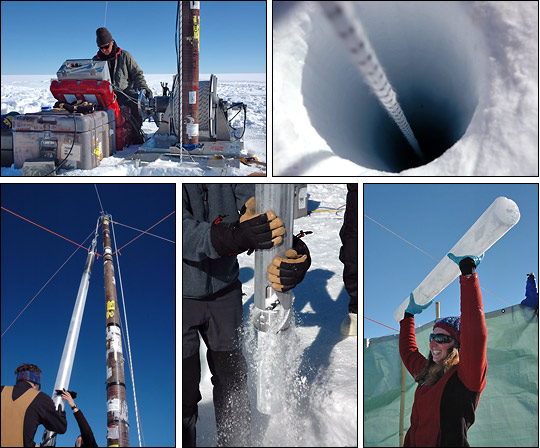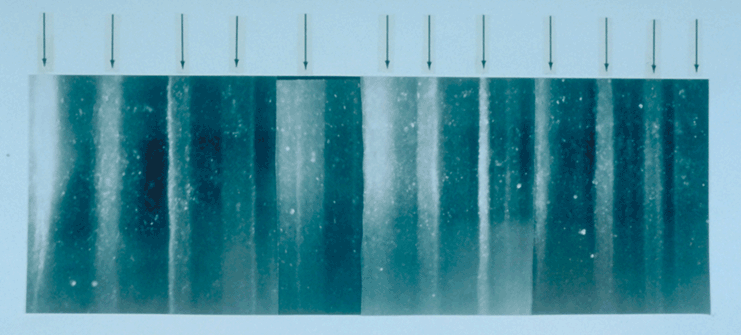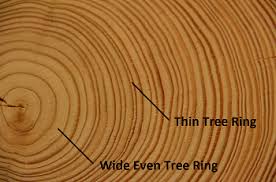How can scientists study Earth's climate history?
1 Answer
By studying the drilled core from ice slabs in polar area.
Explanation:

https://earthobservatory.nasa.gov/Features/Paleoclimatology_IceCores/
During ice formation there are small bubbles of atmosphere trapped in the ice. If you look at a drilled ice core you will see it is formed in layers, similar to tree rings.

http://www.futuretimeline.net/blog/2013/11/6-2.htm#.Wh8R36Jty3A
These layers allow use to accurately determine when the bubble was trapped. Scientist can then carefully drill into the bubble to extract the gas and they know what the atmosphere was like at that time.
The thickness of the various layer gives clues as to the amount of precipitation at time of the formation and the structure of the ice crystals at any given layer can also tell if the ice was formed rapidly or not, also if there was thawing or not.
Additionally, when analyzing the layers they can often find layers of volcanic ash to determine what geological activity was going on at the time. They can also find layers of isotopes that may indicate meteorite activity.
Tree rings are also can tell about past climate.
picture credit Study.com.

